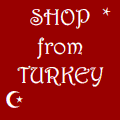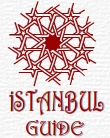|
Turkish and Islamic Art Museum Built in the 16th century, the Museum of Islamic Arts building was used as the residence of Grand Vizier Ibrahim Pachá during the reign of Suleymaniye the Magnificent. It is located on the side of the Hippodrome of the ancient Constantinople. The Museum of Islamic Arts brings an exhibition of Turkish and Islamic culture, exhibiting various objects from different periods of Islamic art, with a collection that exceeds forty thousand pieces. The collection includes notable examples of Islamic calligraphy, tiles and rugs, in addition to this you will see ethnographic exhibitions of nomadic Turkish peoples, and in its basement ruins of the stands of the Hippodrome. You can see different sections at the museum: |
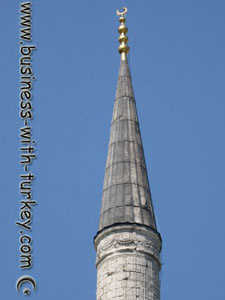 |
Carpets The most important part of this collection is the Anatolian wood art dated from between the 9th and 10th century. You can also see Anatolian Seljuks art work, mother-of-pearl, ivory, tortoiseshell ornamented wooden works from the Ottoman Empire, Koran part cases, book rests and drawers. Stone Art Stone works belonging to Emevi, Abbasi, Memluk, Seljuk, Ottoman periods. You will be able to see grave stones with hunting scenes, figures like sphinx, griphon, dragon, etc. Ceramic and Glass In this section you will see ceramics of early Islamic period and glasses belonging to the Anatolian Principalities, Ottoman tiles and ceramic art samples, Seljuk Period samples and ornaments of Konya Kilicaslan Palace. You will be able to see glass collection starting from the 9th century, 15th century memluk candles and Ottoman glass art samples. |
|
Hand Writings and Calligraphy Metal Ethnography |
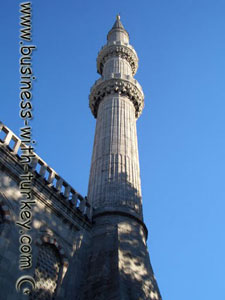 |
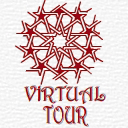
Next visit of our virtual tour through Istanbul:
Street Markets
